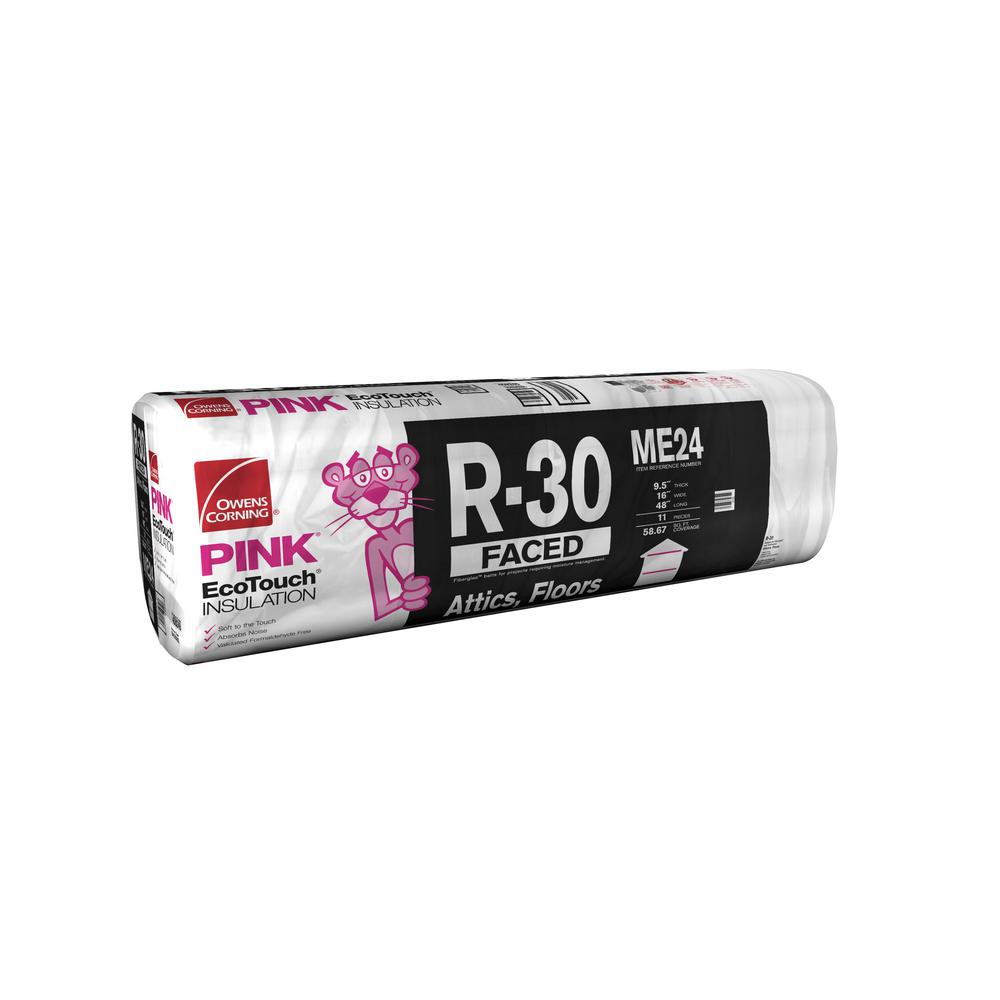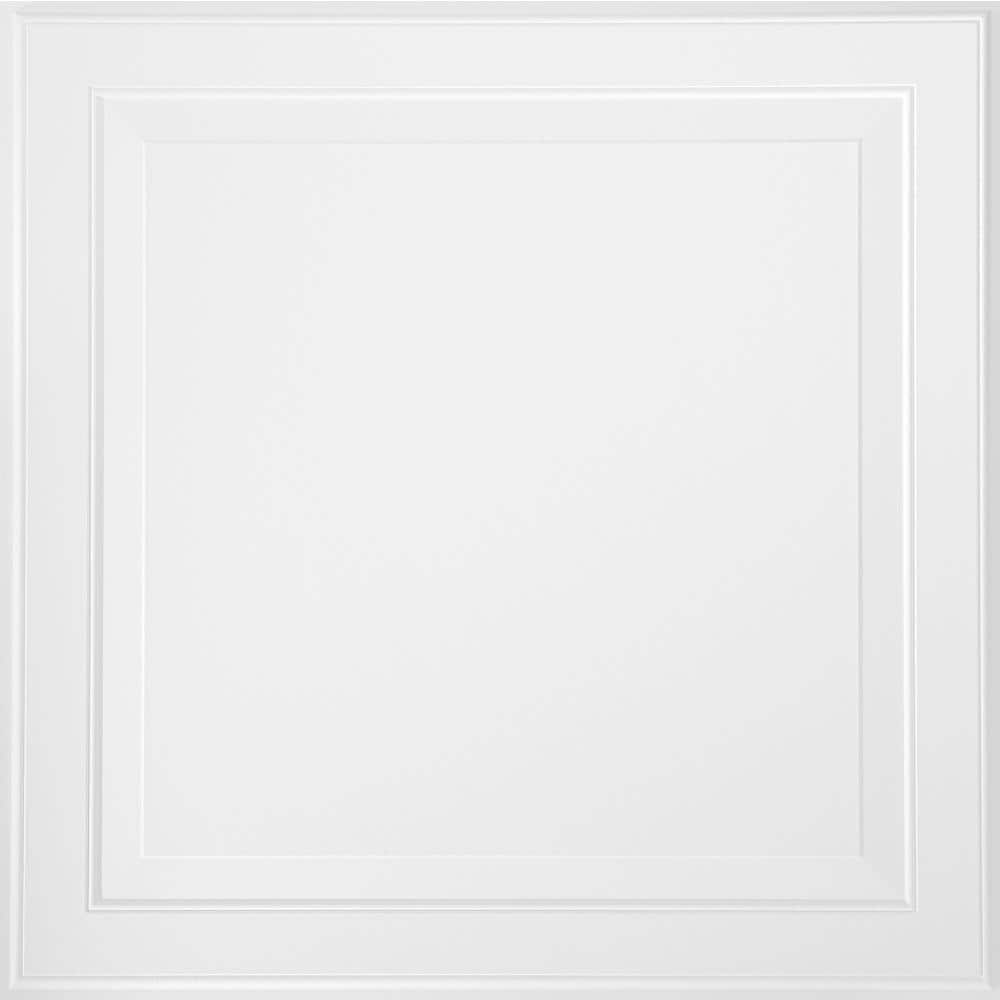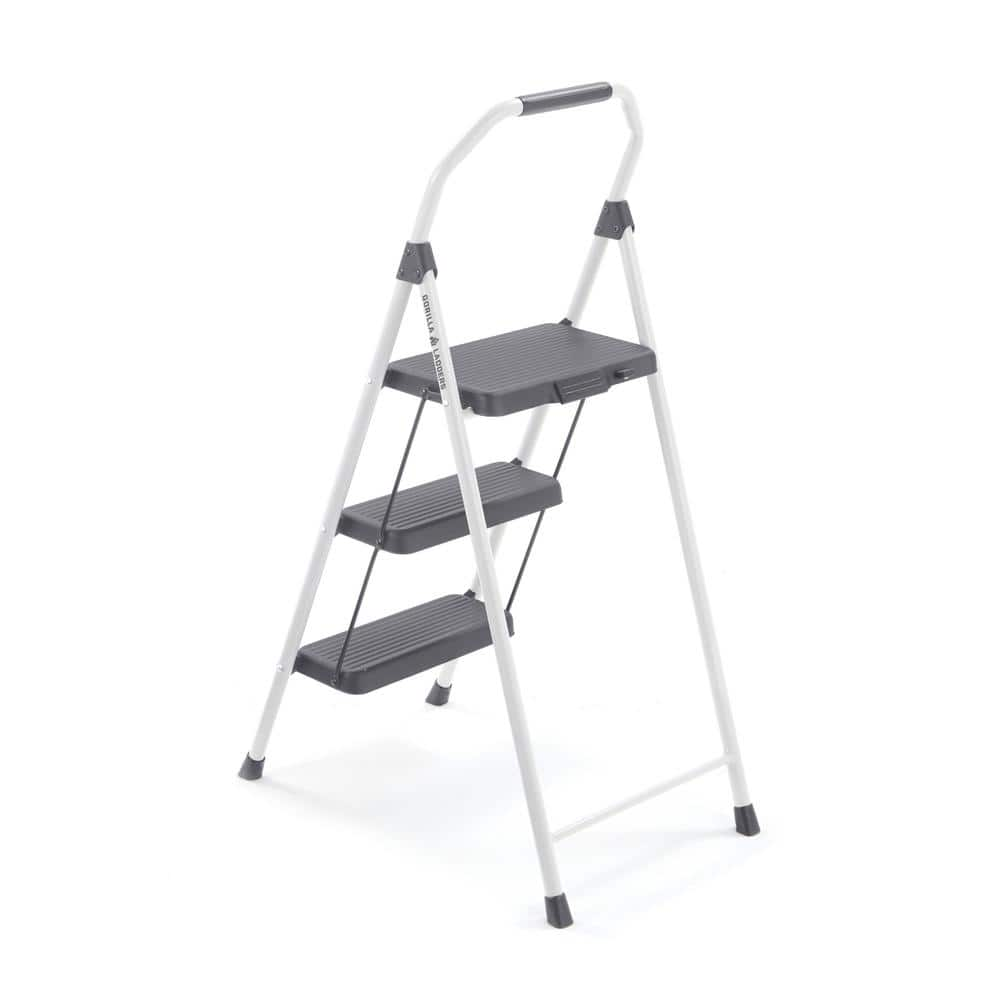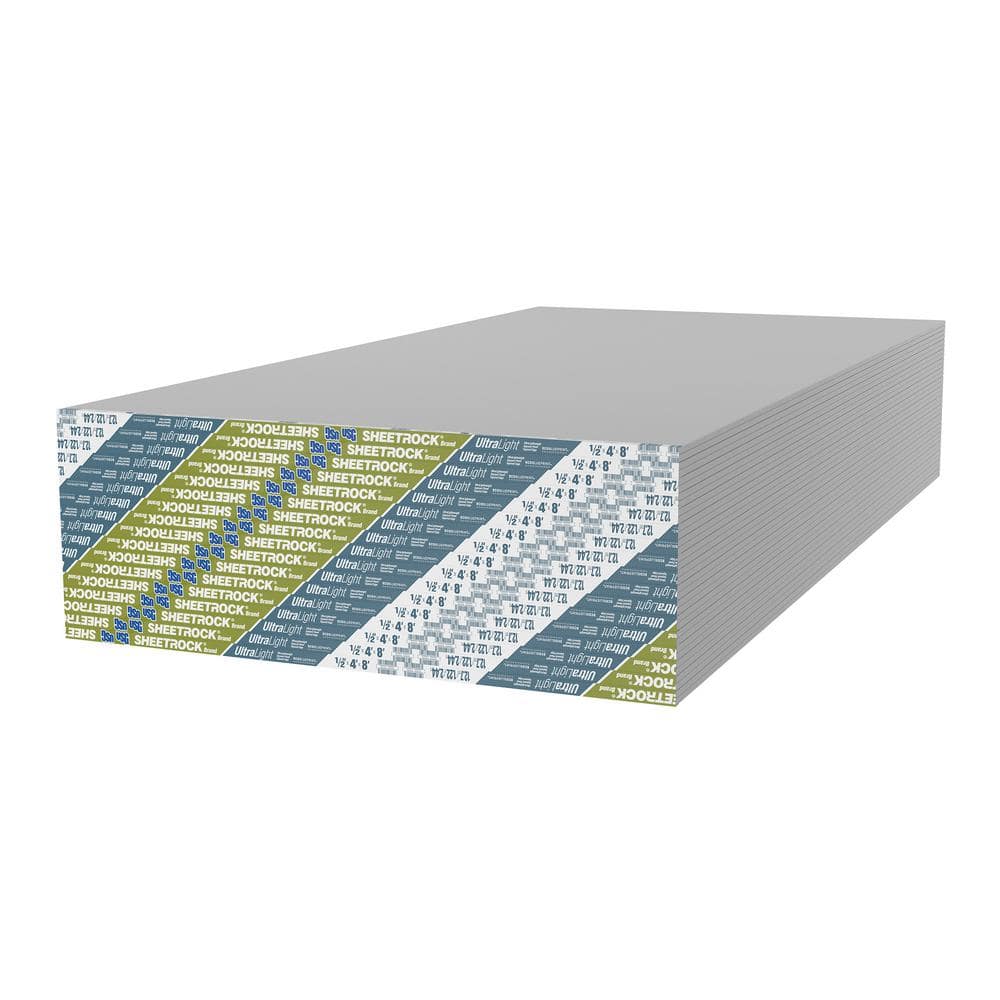Lanco 5 Gal. White-Seal 100% Acrylic Elastomeric Reflective Roof Coating with High Dirt Pick-Up Resistance
Ultra white finish helps reflect sun’s heat.Water- and weather-resistant seal on most surfaces. Keeps interiors cooler, helping reduce energy costs.
This Lanco White-Seal Elastomeric Roof Sealer features a rubberized formula that will protect your roof. It reflects sun rays to lower your energy costs and it provides you with weatherproofing that won’t crack, peel or crumble. This sealer can be used to waterproof a wide range of roofs including conventional bituminous built-up roofs, metal, concrete, bonded tar and more.
- Styrene acrylic silicone technology
- High UV-ray reflectance
- Insulates and provides a cool roof
- Excellent wind lift resistance
- Energy Star certified with low VOC
- Low VOC (volatile organic compound) formula; <50g/l
- Cure time is controlled by thickness of the applied coating, relative humidity and temperature
- Allow 24 hours dry time between coats
- Do not use on roofs with a slope less than 1/2 in. per ft. or warranty will be void
Additional information
| Product Depth (in.) | 12 |
|---|---|
| Product Height (in.) | 15 |
| Product Width (in.) | 12 |
| Product Size (oz.) | 640 |
| Manufacturer Warranty | Lanco warrants only that this product is free of defects, since many factors which affects the results obtained from this product (such as weather, workmanship, equipment used and prior conditions of substrate) are beyond our control. We will replace at no charge any product proven to be defective provided it has been applied per manufacturer’s specifications. |






by Sylven
Great stuff for best price. Why are the others so much more expensive? Greed? Probably.
by Allen
spreads on easy have not had it on there long enough to know how good it is.
by Mike
Goes on evenly and smoothly; Applied 4 coats to old asphalt shingle roof per the instructions; worked well in heavy rain, no leaks. Great Stuff!